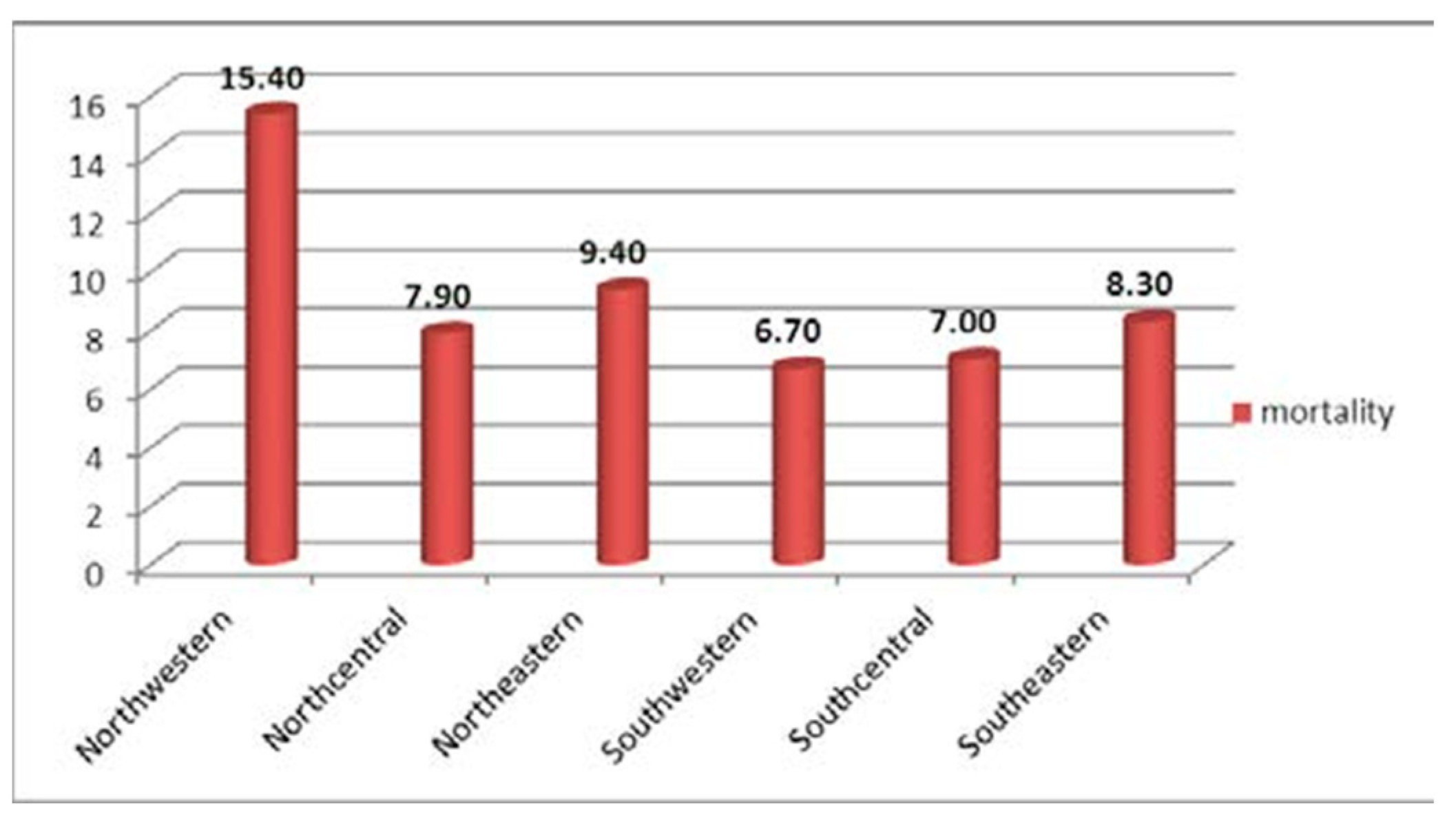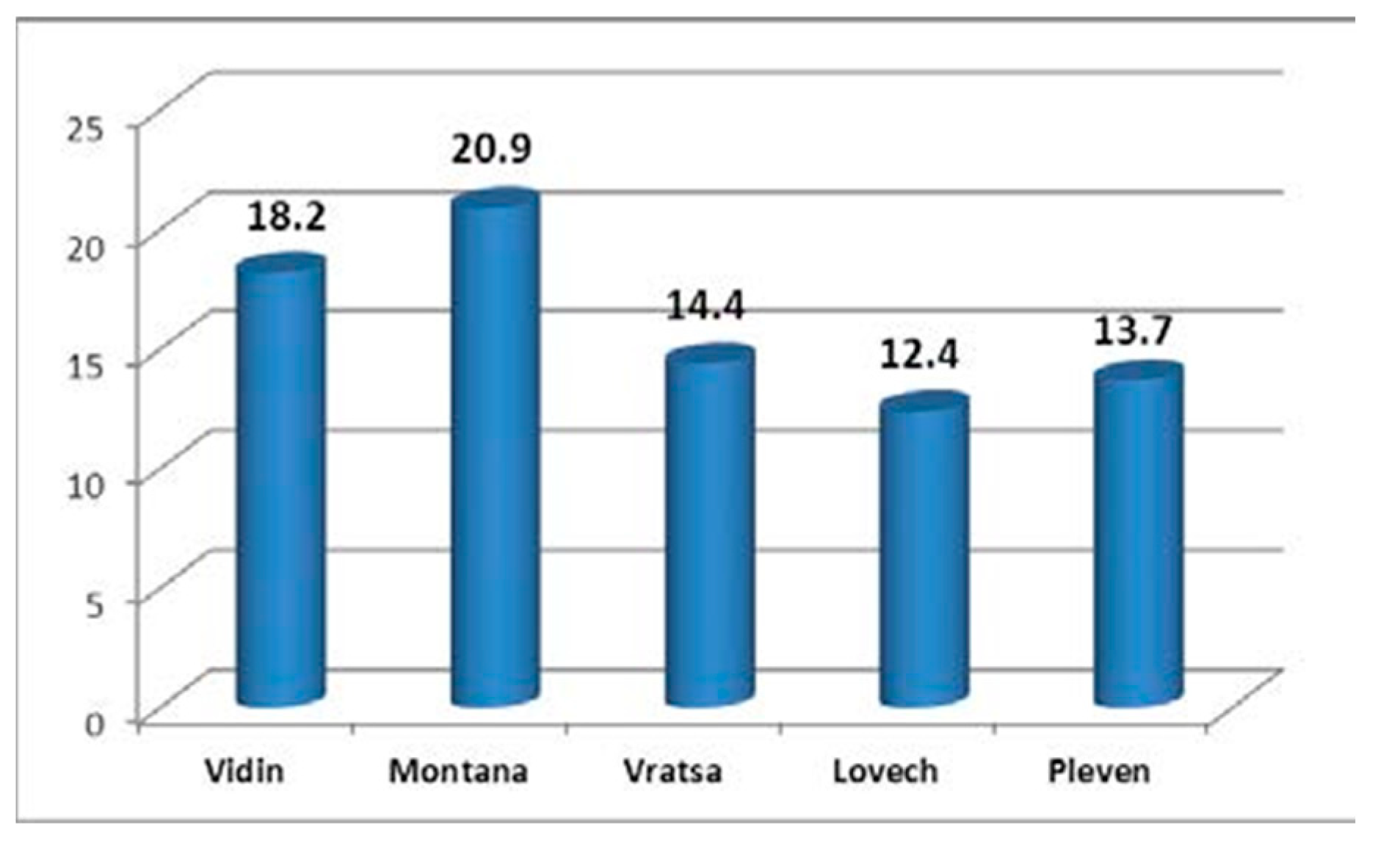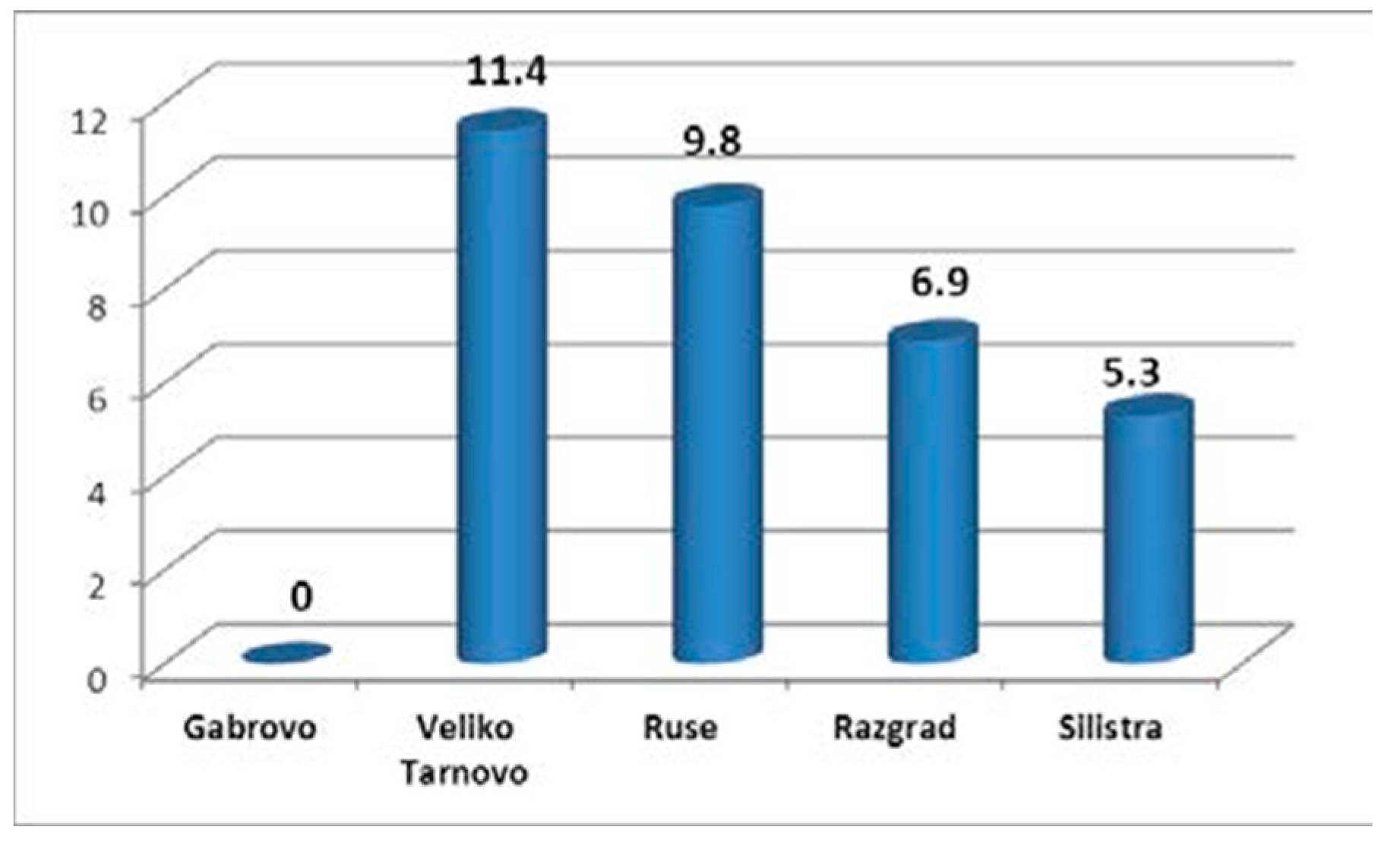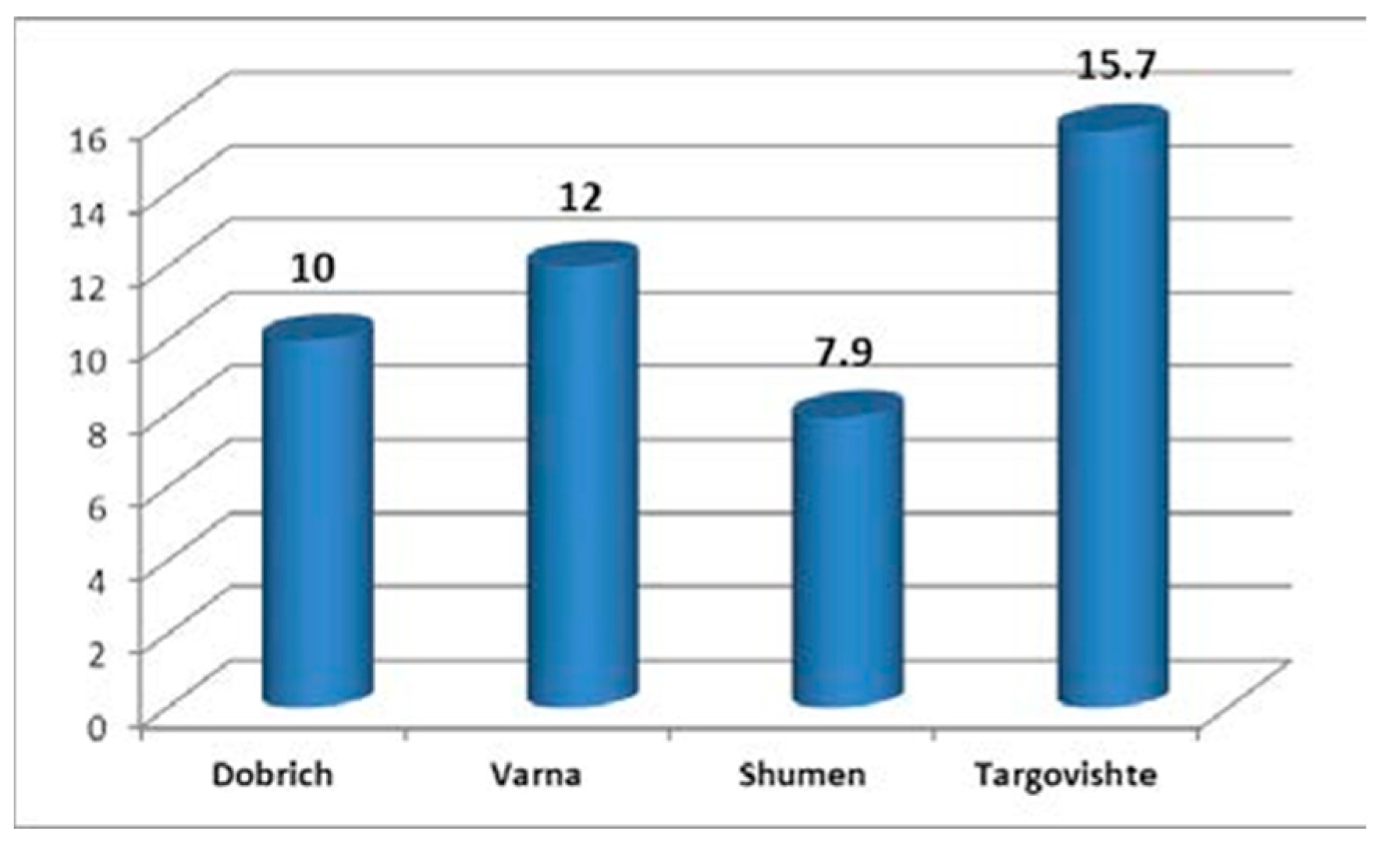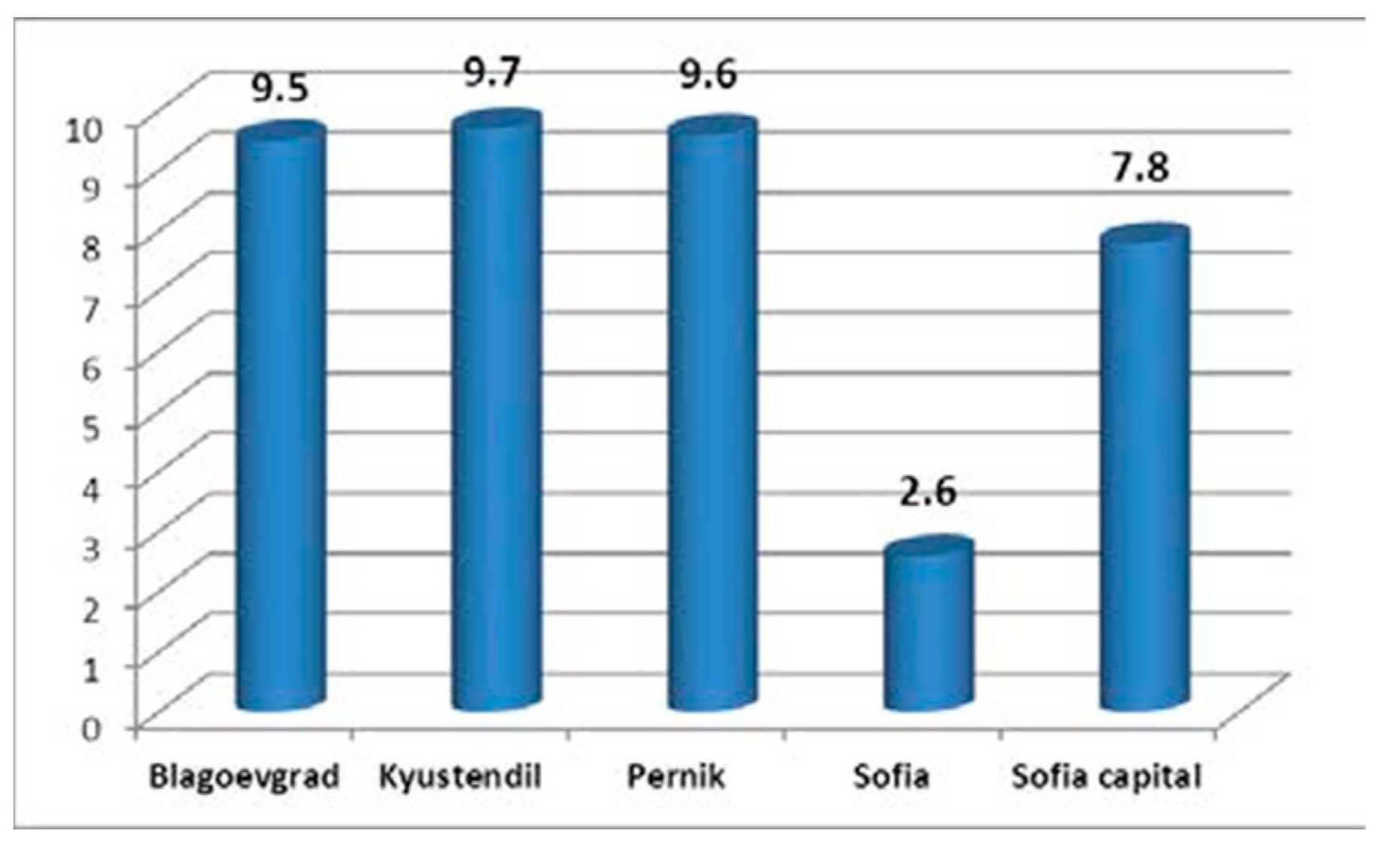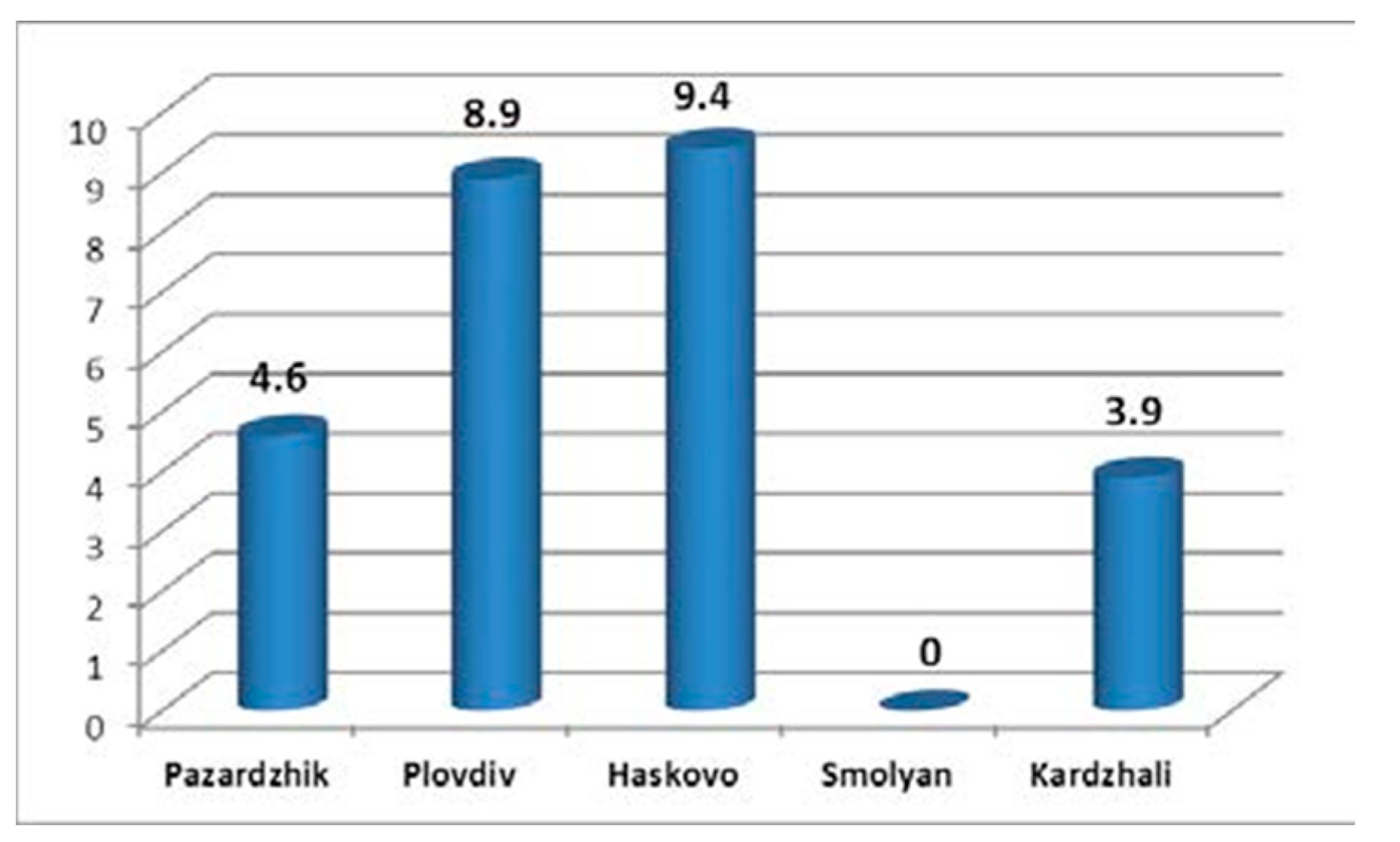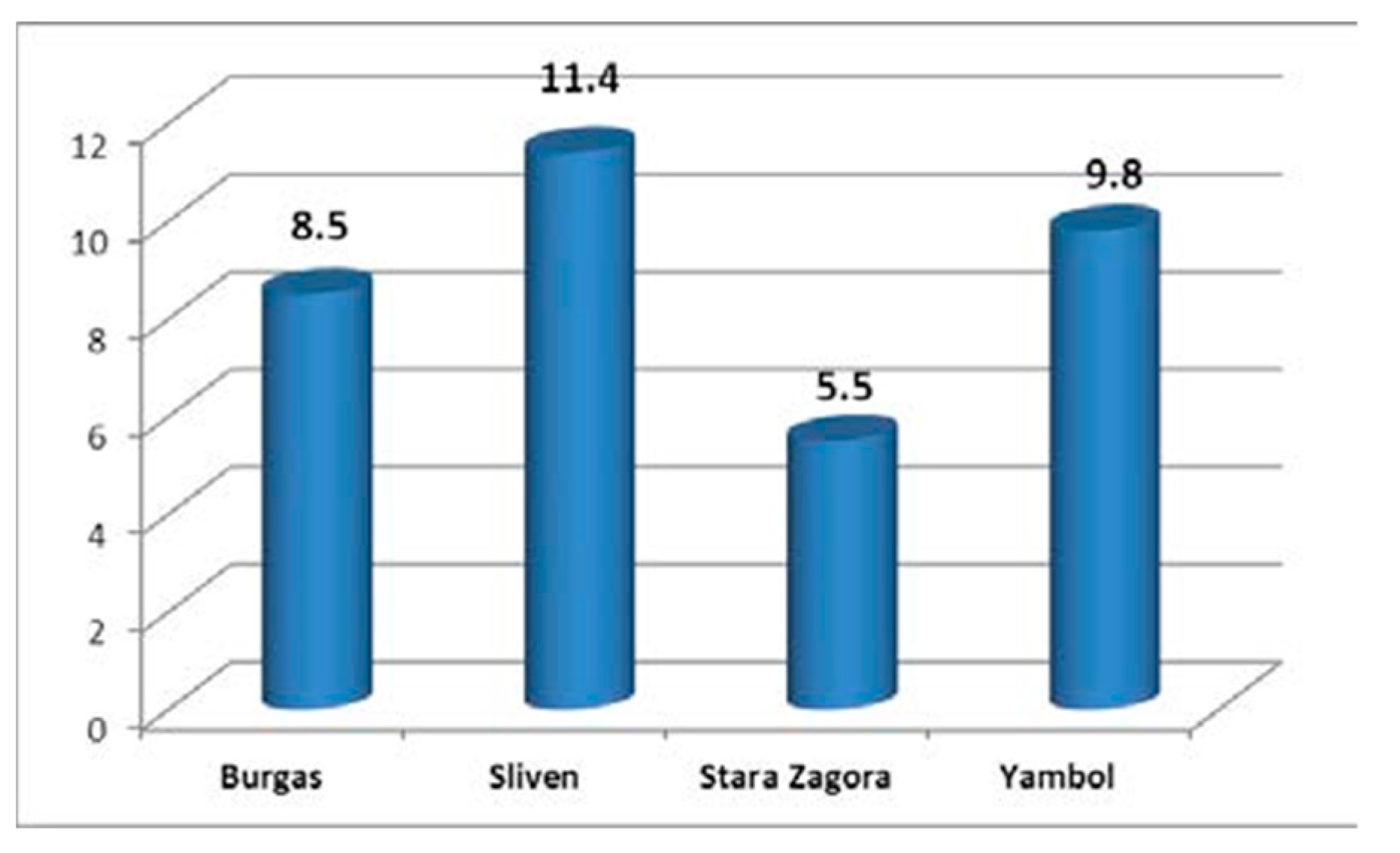Introduction
According to the World Health Organization (WHO), cervical cancer is the fourth most frequent cancer in women with an estimated total 570,000 new cases in 2018 representing 6.6% of all female cancers. Approximately 90% of deaths from cervical cancer occurred in low- and middle-income countries.
Women at risk for cervical cancer are: the female population aged ≥15 years. Other factors contributing to cervical cancer were tobacco smoking, oral contraceptive use among women, immune status—people who are immune compromised, such as those living with human immunodeficiency virus (HIV), are more likely to have persistent HPV infections and a more rapid progression to pre-cancer and cancer; burden of cervical HPV infection and other HPV-related cancers, co-infection with other sexually transmitted agents, sexual behavior, percentage of 15-year-olds who have had sexual intercourse (men/women), middle-aged at first sexual intercourse (men/women), cervical cancer screening coverage. Performed HPV vaccination reduces the risk of getting of cervical cancer [
1,
2,
3,
4,
5].
The role of papilloma viruses in the oncogenesis of cervical cancer has been described by Prof. Dr. Harald zur Hausen. He identified HPV16 and HPV18 in cervical cancers in 1983–1984. Vaccination against HPV has been available since 2006. There are currently three vaccines protecting against both HPV 16 and 18, which are known to cause at least 70% of cervical cancers. WHO considers the three vaccines equally protective against cervical cancer. HPV vaccines work best if administered prior to exposure to HPV [
6].
Therefore, WHO recommends vaccinating girls, aged between 9 and 14 years, when most have not started sexual activity. Some countries have started to vaccinate boys as the vaccination prevents genital cancers in males. HPV vaccination does not replace cervical cancer screening. In countries where HPV vaccine is introduced, screening programs may still need to be developed or strengthened.
Republic of Bulgaria is a country in Southeastern Europe. The population of Bulgaria is 7,360,000 people according to the 2011 national census. Population as of 31 December 2018—in total 7,000,039. Women—3,604,338 (50%). The majority of the population, 72.5%, reside in urban areas. A serious problem for women’s health in the country is cervical cancer [
7,
8].
The objective of the study was to describe the current burden of cervical cancer in Bulgaria for a one-year period and the options of prevention.
Results
A total of 15,759 women in Bulgaria were diagnosed with cervical cancer in 2018. Among them, the new cases were 850, with a morbidity of 23.5 of 100,000 population. The women under dispensary surveillance and control were 14,882 (94.43%)—
Table 1.
The mortality of cervix malignancy in 2018 per 100,000 population of Bulgaria was 8.4 among women. Information for mortality from cervical cancer by regions is presented in
Figure 1.
The highest mortality is recorded in the Northwest statistical area that includes the following districts: Vidin, Montana, Vratsa, Lovech, Pleven. The reported mortality from cervical cancer in them is presented in
Figure 2.
The North central statistical region includes following districts: Gabrovo, Veliko Tarnovo, Ruse, Razgrad, Silistra. The reported mortality from cervical cancer in them is presented in
Figure 3.
The Northeastern statistical region includes the following districts: Dobrich, Varna, Shumen, Targovishte. The reported mortality from cervical cancer in them is presented in
Figure 4.
The Southwestern statistical region includes the following districts: Blagoevgrad, Kyustendil, Pernik, Sofia, Sofia capital. The reported mortality from cervical cancer in them is presented in
Figure 5. The lowest mortality rate was recorded in that region of Bulgaria.
The South central statistical region includes the following districts: Kardzhali, Pazardzhik, Plovdiv, Smolyan, Haskovo. The reported mortality from cervical cancer in them is presented in
Figure 6.
The Southeastern statistical region includes the following districts: Burgas, Sliven, Stara Zagora, Yambol. The reported mortality from cervical cancer in them is presented in
Figure 7.
According to Regulations № 15 for immunizations in Republic of Bulgaria and in compliance with the National program for primary prophylactics of cervical cancer (2017–2020), dated 2012, immunizations against HPV are introduced at girls, 12 and 13 years old [
9,
10]. The immunization scheme consists of two dozes.
The information for conducted immunizations in 2018–2019 are shown in
Table 2. A low immunization range has been recorded of vaccine against human papilloma virus (HPV)—7.2% (girls 13 year of age) and 12.8% (girls 12 year of age) for first dose and 11.9% (girls 12 year of age) for the second dose in 2019. For 2018, the official data were incomplete. Immunized against HPV with the complete regimen (3 doses above 14 years) for the other age groups—44 persons in 2018 and 77 in 2019.
Discussion
High incidence and unfavorable forecast of cervical cancer define its significance as considerable problem of modern healthcare. That malignancy is the fourth most encountered disease among women in Bulgaria. Our survey established that the incidence in Bulgaria is higher than the average in Europe, thus taking one of the first places in the European Union [
8].
According to the European Cancer Information System (ECIS) the estimated incidence by country shows that the age standardized rates (European New) per 100,000 were between 5.0 and 32.2. Countries were classified in five groups: (1) with highest morbidity between 26.8 and 32.2 are Lithuania, Estonia, Romania and Bulgaria, that is countries from Eastern Europe (expected incidence for Bulgaria is 28.1); (2) with incidence between 21.3 and 26.8 are Latvia, Hungary and Slovakia; (3) with incidence between 15.9 and 21.3 is Czech Republic; (4) with incidence between 10.4 and 15.4 are Poland, Ireland, Portugal, Greece, Germany, Belgium, Sweden, Norway, Denmark, Croatia; (5) with lowest incidence between 5.0 and 10.4 are France, Finland, United Kingdom, Italy, Iceland, Austria, Cyprus, Luxemburg, Slovenia, Malta, The Netherlands, Switzerland [
11].
Regarding mortality of cervical cancer, ECIS estimated mortality provided the following information: (1) with highest mortality between 3.4 and 16.3 in Europe is Romania; (2) estimated mortality between 10.6 and 13.4 are Bulgaria (11.9), Lithuania and Latvia; (3) estimated mortality between 7.7 and 10.6 was estimated in Estonia; (4) mortality between 4.9 and 7.7 was estimated in Portugal, Ireland, Croatia; (5) lowest mortality between 2.0 and 4.9 was estimated in all other countries [
11].
Our data show that different values of cervical cancer are registered in different regions of Bulgaria. The cancer burden was highest in the northern half of the country. Most probably that is in connection to the social-economic status of northern Bulgaria. The northern-western region is the poorest and undeveloped for decades, that impacts on the health status of the population. A similar statement is made by other of our authors for recent period, who associate the lower incidence in south Bulgaria with religion, noting lower intensity among Muslim women, actually the manner of life [
2].
During the recent years, steps have been undertaken to overcome that unfavorable trend. In 2012 the „National program for primary prophylactics of cervical cancer in R of Bulgaria 2012–2016” was adopted, continuing for the time 2017–2020. In the same year immunizations with HPV vaccines were introduced for girls, completed 12 and 13 years [
10,
11]. In order to achieve optimum effect of the implementation of vaccines, it is required to maintain high immunization range, which in our country is not to be observed. The low immunization range has its subjective and objective reasons. On one part the vaccine has the perspective to reduce morbidity and on the other part in the population there is a lack of sufficient motivation for vaccination; that imposes a more comprehensive approach to prophylactics measures as a whole. Similar results are seen in other countries of Eastern Europe, e.g., Romania that records high morbidity and mortality, low immunization coverage, influence from anti- vaccine movements [
12].
Cervical cancer is one of the leading in frequency and mortality oncological disease among women, at the same time one of the most easily preventive and permitting early diagnostics. For that purpose, it is required to implement in the country mandatory immunization, as well as mandatory screening for women. We think that solving the issue of the mass screening and early detection of cervical cancer shall result to reduce the incidence of the cervical carcinoma. Indicative in that regard is the prospective investigation of 25 years period in UK, where they established that at regular screening of women, the mortality rate of cervical cancer could be prevented by 80% [
13].
Nowadays, the activities on prophylactics of general practitioner doctors include: Pap smear for women between 30 and 40 years, in whom after two consecutive negative results, examination is performed every 3 years. Those activities of the National Health Insurance Fund (NHIF) are not sufficient of Bulgarian women in view of the high morbidity and mortality. It is required to expand the age range of women to be tested.
An efficient campaign is also required to increase the level of awareness of women regarding the importance of screening as well as health knowledge of youngsters on early detection and prevention of sexual transmitted diseases and through them of cancer. In recent years there were carried out studies of health culture of the population, attitudes and competencies, which gives reason to think that work is in the right direction [
14].
